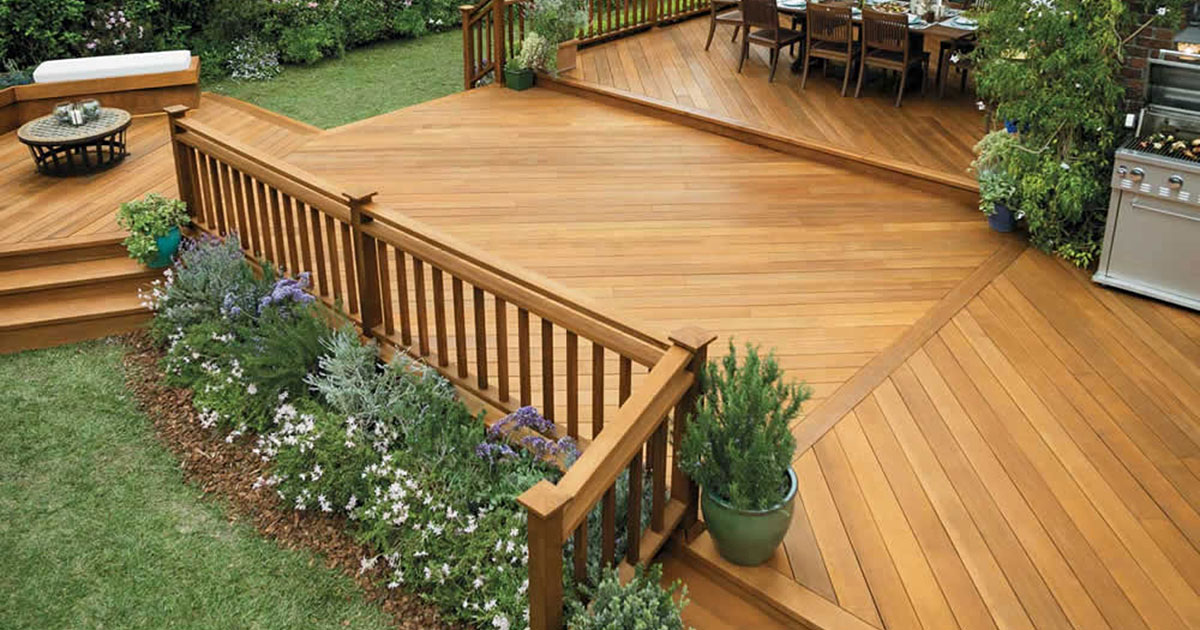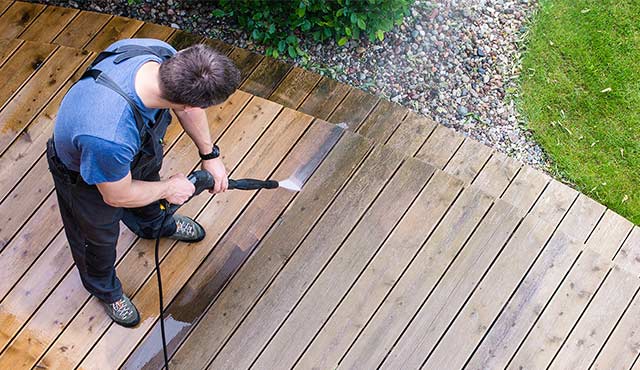Guardians of Timber: Fence Staining Masters at Your Solution
Wiki Article
Selecting the Right Discoloration for Your Fencing: Tips and Considerations
When it comes to enhancing the appearance and maintaining of your fencing, selecting the appropriate tarnish is critical. We will explore the different types of fence spots, variables to take into consideration prior to picking a tarnish, pointers for preparing your fence for discoloration, and the distinctions in between oil-based and water-based discolorations. In addition, we will delve into choosing the right stain shade to enhance your fencing and improve your outside area.Comprehending Various Types of Fence Discolorations

On the other hand, water-based spots are made from acrylic or latex and supply a more subtle shade to the wood. They produce a safety movie externally of the timber, preventing dampness from leaking in and securing against UV damages. Water-based stains are easier to tidy up and have a faster drying out time contrasted to oil-based stains. They are also less likely to fade or break in time.
Choosing between water-based and oil-based stains depends upon numerous variables, consisting of individual choice, the wanted look, and the level of maintenance needed. Oil-based spots are advised for fence high-traffic locations or those frequently revealed to extreme climate condition. deck staining. Water-based discolorations, on the various other hand, are a prominent choice for surround residential areas where appearance and convenience of usage are very important
Comprehending the differences in between oil-based and water-based discolorations assists home owners make an educated decision when selecting the right tarnish for their fence. Considering the certain requirements of the fencing, such as its place, direct exposure to sunshine, and desired visual, will make sure that the chosen tarnish offers long-lasting defense and boosts the overall appeal of the fence.
Variables to Take Into Consideration Prior To Choosing a Spot

An additional variable to think about is the kind of timber your fencing is constructed from. Different kinds of wood soak up discolorations in a different way, causing differing levels of shade strength and sturdiness. As an example, softwoods like want may call for even more constant discoloration contrasted to woods like cedar or redwood. In addition, particular timbers might be more vulnerable to issues like rot or insect infestation, which may impact the choice of discolor to preserve the fencing and protect.
The environment and climate condition in your area should likewise be taken into account. If you reside in a location with rough winters or high humidity, you may need a discolor that supplies additional security versus dampness and UV rays. Also, if your fencing is subjected to route sunlight for lengthy durations, a discolor with UV inhibitors can assist stop fading and staining.
Lastly, it's essential to consider your desired aesthetic. Various spots use various colors and view it now finishes, enabling you to personalize the look of your fencing (fence staining and sealing). Think about the total style and style of your residential property, in addition to any type of local policies or homeowner organization guidelines that might determine the acceptable tarnish colors
Tips for Preparing Your Fencing for Staining
Cleaning the fencing is an essential action as it removes dirt, crud, and any previous finishes that might conflict with the staining procedure. Rub the surface area delicately, paying added focus to areas with stubborn stains or mold.This action is important as staining a damp or damp surface area can lead to bad adhesion and an irregular surface. Make sure that the fencing is completely dry before proceeding with the discoloration procedure.
Prior to discoloration, check the fence for any damages, such as loosened boards or nails. This item assists to open the timber pores, permitting the discolor to permeate more effectively and equally.

Contrasting Oil-Based and Water-Based Discolorations
When selecting a discolor for your fence, it is very important to compare the qualities and advantages of oil-based and water-based stains. Both kinds of spots have their very own benefits and considerations, so it is essential to recognize the differences between them.Oil-based stains are understood for their toughness and resistance to tear and put on. In addition, oil-based stains have a tendency to last longer than water-based spots, making them a prominent selection for fencings.
On the various other hand, water-based spots are extra environmentally friendly and easier to cleanse up. They may not give the exact same level of security as oil-based spots, specifically in rough weather conditions.
Eventually, the selection in between oil-based and water-based discolorations depends on your particular demands and preferences. When making your decision, take into consideration factors such as durability, environmental impact, and simplicity of application. Consulting with a specialist or looking for recommendations from specialists can likewise aid guarantee that you pick the best stain for your fencing.
Picking the Right Spot Shade for Your Fencing
The option of an appropriate discolor color for your fencing is an essential element of improving its visual allure and enhancing the general design of your exterior area (fence staining). The appropriate discolor color can change a plain, average fence into a striking centerpiece that adds deepness and character to your homeWhen choosing a discolor shade for your fencing, it is important to take into consideration the design and style of your home. If you have a classic or traditional design home, earthy tones such as neutrals and browns can produce a warm and welcoming look. On the various other hand, if you have a modern-day or contemporary home, you might think about selecting vibrant and vibrant shades that make a statement.
Another aspect to take into consideration is the natural surroundings of your residential property. If you have a whole lot of plant, a stain shade that enhances the all-natural landscape, such as greens or deep reds, can produce a cohesive and harmonious look.
Furthermore, it's worth taking into consideration the upkeep required for different tarnish colors. Lighter colors often tend to show dirt and put on more quickly, while darker shades can conceal imperfections and call for much less constant touch-ups.
Ultimately, the choice of stain color for your fence should reflect your personal design and choices - fence staining companies. Take the time to check out various options and seek advice from with specialists if required, to guarantee that you choose the ideal tarnish shade that enhances the appeal and allure of your fence
Final Thought
In verdict, when it concerns picking the right stain for your fencing, it is very important to understand the different sorts of discolorations offered and take into consideration factors such as longevity and desired appearance. Preparing the fencing correctly before staining is vital for attaining optimum outcomes. Additionally, comparing oil-based and water-based stains can help identify the best choice for your particular requirements. Picking the appropriate tarnish shade can improve the general aesthetic appeals of your fence.We will explore the various kinds of fence stains, variables to think about before choosing a discolor, suggestions for preparing your fence for discoloration, and the differences in between oil-based and water-based stains.Differentiating in between water-based and oil-based stains is vital when understanding various types of fence discolorations. Water-based discolorations are simpler to clean up and have a faster drying time contrasted to oil-based stains. In addition, oil-based stains tend to last longer than water-based spots, making them a popular option for fencings.
In conclusion, when it comes to selecting the right discolor for your fencing, it is essential to recognize the different types of stains readily available and think about factors such as resilience and wanted appearance.
Report this wiki page